POST OCCUPANCY EVALUATIONS OF INPATIENT UNITS
Faculty and students of the Institute have conducted sponsored post-occupancy evaluation of inpatient nursing units for the Sisters of St. Mary Health, Princeton University Hospital, and most recently the University of Kansas Health System. The primary focus of these research projects has been the analysis of nursing patterns, patient outcomes, and facility efficiency in relation to centralized versus decentralized nurse station typologies. Results of these evaluation studies have been used by the sponsoring organizations to modify existing and new designs to better meet staffing and operational goals, and each project has been presented at national conferences and published in peer-reviewed journals.
CRITICAL ACCESS HOSPITALS
Rural hospitals, especially critical access hospitals (CAH), provide health services to a large portion of the US population. Limited empirical evidence is available regarding various topologies of CAHs and their effectiveness in supporting rural patients and healthcare staff needs. This project aims to evaluate the best practices of CAH design and, collect empirical evidence of the effectiveness and efficiency of current CAHs in supporting staff and patient experience, identify future trends of rural healthcare delivery models and the impacts on the physical environment, validate CAH guidelines and provide evidence for future small rural hospital design guidelines.
RURAL PATIENT-CENTERED MEDICAL HOME (PCMH)
Health & Wellness faculty have collaborated with the KU School of Social Welfare on a large-scale national survey on rural Patient-Centered Medical Home (PCMH) supported by the PCORI Engagement Grant. The PCMH model has gained popularity as an innovative care model that improves patient experience and outcomes while reducing costs. Yet, few studies have focused on the patients’ perspective, or considered the needs of the rural communities. This study aims to explore the rural residents’ preferences on various aspects of the Patient-Centered Medical Home (PCMH) model and the associated physical environment features.
CREATIVITY RESEARCH
During the fall of 2017 Frank Zilm worked with Professor Ruth Ann Atchley on research into creative personalities in healthcare architecture. Building on prior studies of architects, and on generally accepted psychological profile tools, twenty-two healthcare architects were recruited from five firms. A battery of measures, including the Myers Briggs Personality Inventory, the Big Five, Random Associate Test and IPAR’s Architectural Creativity tests, were undertaken through structured one-hour interviews.
HEALTHCARE DESIGN TOUCHTONE AWARD
In 2018 faculty from the Institute, working in consultation with HKS Architects won the Gold Medal for their design and research efforts in the newly constructed Virginia Commonwealth University Health System’s Children’s Hospital of Richmond Pavilion outpatient clinic (pictured below) The clinical modules are designed to enhance caregiver collaboration, the 15-story pavilion features primary care, outpatient surgical and imaging services, retail space, medical student education and clinical research studies. This collaboration is an example of the integrated nature of the Affiliate Firm program, combining the involvement of our faculty, student interns, and the professional mentors in HKS Architects.
